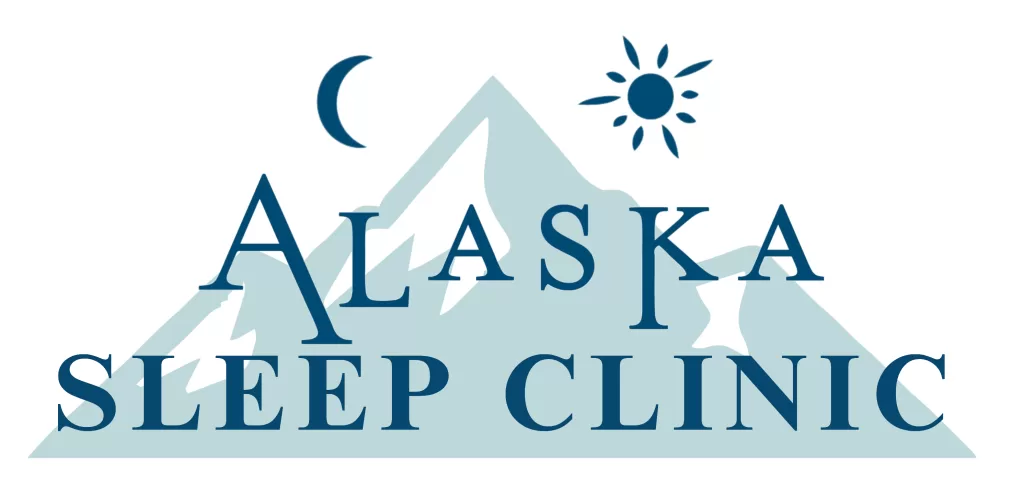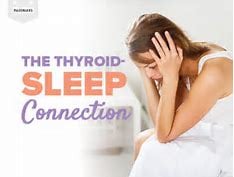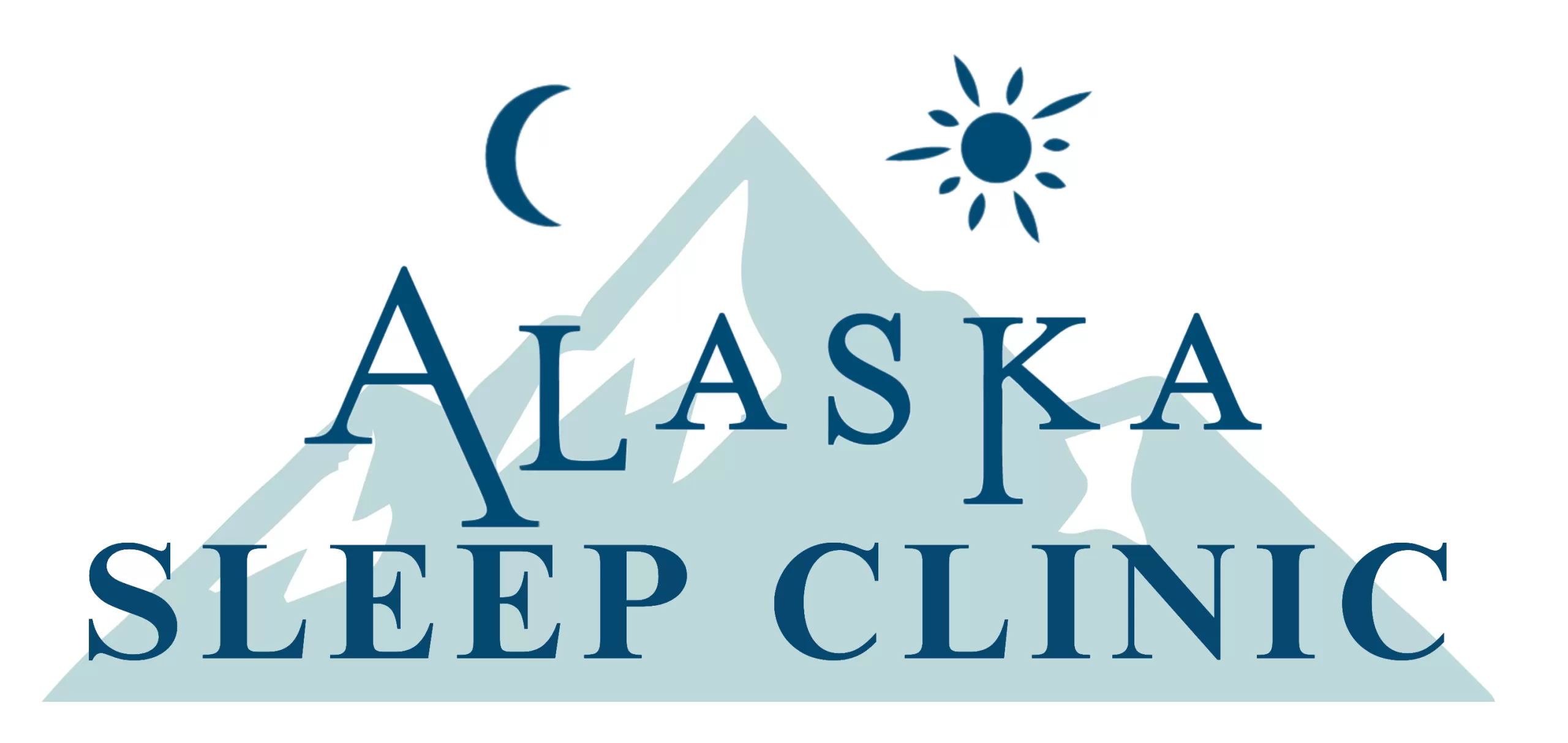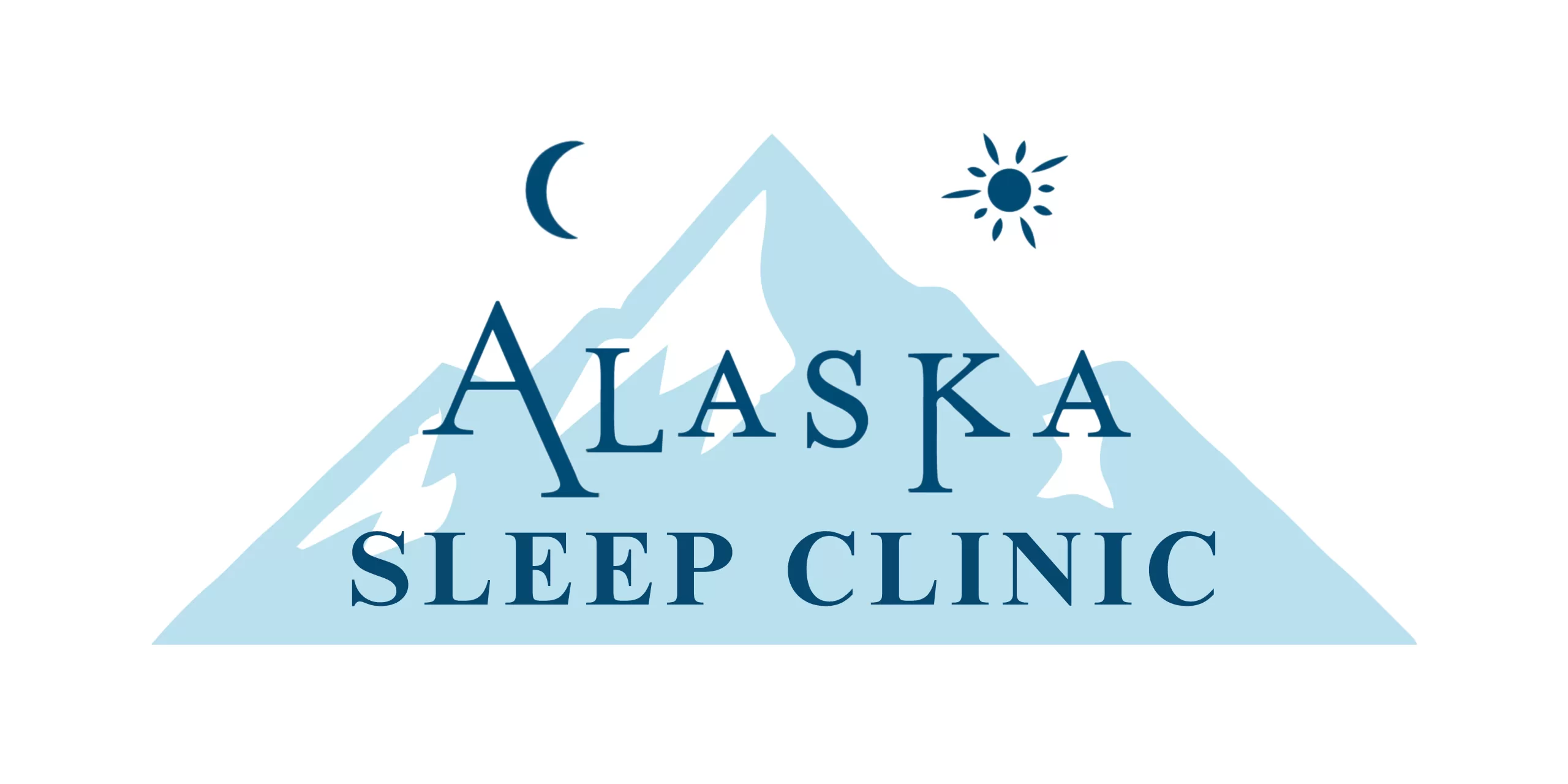Hypothyroidism (underactive thyroid) is a condition in which your thyroid gland doesn’t produce enough of certain important hormones. Women are more likely to have hypothyroidism as it upsets the normal balance of chemical reactions in your body. Thyroid disorders are common affecting about 12 percent of Americans at some point during their lives.
According to healthline.com, the thyroid is a small, butterfly-shaped gland that drapes across the front of your windpipe. For an idea on location, you will feel your thyroid by placing two fingers on the side of your windpipe. After swallowing, the gland slides under your fingers.
The gland releases a thyroid hormone, which controls the growth and metabolism of essentially every part of your body. The pituitary gland in the middle of your head monitors your physiology and releases thyroid-stimulating hormone (TSH). TSH is the signal to the thyroid gland to release thyroid hormone (1).
“Sometimes TSH levels increase, but the thyroid gland can’t release more thyroid hormone in response. This is known as primary hypothyroidism, as the problem begins at the level of the thyroid gland. Other times, TSH levels decrease, and the thyroid never receives the signal to increase thyroid hormone levels. This is called secondary hypothyroidism.”
Though there is not one direct symptom of hypothyroidism, outside weight gain or fatigue patients may experience:
● Increased sensitivity to cold
● Constipation
● Dry skin
● Puffy face
● Hoarseness
● Muscle weakness
● Elevated blood cholesterol level
● Muscle aches, tenderness, and stiffness
● Pain, stiffness, or swelling in your joints
● Heavier than normal or irregular menstrual periods
● Thinning hair
● Slowed heart rate
● Depression
● Impaired memory
Though symptoms vary, risk factors can help a patient narrow down health issues paired with the following:
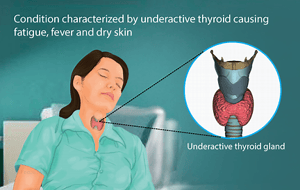
- Women older than age 60
- Already have an autoimmune disease such as rheumatoid arthritis or lupus, both chronic inflammatory conditions
- Have a family history of thyroid disease
- Received radiation to your neck or upper chest
- Have been pregnant or delivered a baby within the past six months
Without proper diagnosis and treatment, untreated hypothyroidism can cause additional health problems including joint pain, infertility, and heart disease. It can also lead to neurological conditions like depression, anxiety, and forgetfulness.
Unfortunately, for some patients, fatigue persists, even after treatment for the thyroid condition. But fatigue does not always indicate a complete hypothyroid issue. High-quality sleep is defined for adults as 7 to 9 hours of sleep nightly. Daytime fatigue can be combated with at least a minimum amount of sleep consistently.
When hypothyroidism is present, there may be changes within the upper airway that lead to difficulties breathing during sleep. These difficulties commonly lead to sleep apnea. Like hypothyroidism, sleep apnea causes excessive daytime sleepiness, apathy, and feeling lethargic. With both disorders common and similar, testing both is the smart step towards treatment.

The proper stage of sleep can include a cool, dark location that contains a sound machine or sound-free depending on the preference of the individual. Establishing a regular time to go to sleep and to wake up, even on weekends and holidays, is important as well.
Investing in an alarm separate from a cell phone can also help create an environment of fewer distractions. If you’ve taken these steps to improve your sleep but are still feeling low on energy during the day, you may suffer from sleep apnea along with your hypothyroidism.
Sleep apnea causes your breathing to become shallow or stop completely during sleep. The pause can occur for 10 seconds or longer and in extreme cases can occur 30 times or more in one hour.
A first step to determine if you suffer from sleep apnea is talking to your physician. It is important to identify the source of snoring or uninterrupted sleep. Without treatment, additional exhaustion and fatigue will negatively affect your underactive thyroid.
The next step would be a sleep diary. “In the diary, record important bits of information such as what time you went to bed, how long it took to fall asleep, how long you slept, how difficult it was to wake in the morning, how tired you felt the next day, and list amount of caffeinated or alcoholic beverages consumed during the day as well as medications you may have taken.”
A sleep study may be the best route to link sleepiness. Though the type of sleep study varies by a patient’s symptoms, healthcare providers will monitor your sleep either in a lab or at your home using portable home sleep apnea testing equipment. Completing a sleep study can also enhance your quality of life from hypothyroidism which already is most likely taking away a full night’s rest.
If you live in Alaska and are ready to take back your sleep, contact The Alaska Sleep Clinic and receive a free 10-minute phone consultation with a sleep educator who can help you determine if a sleep study is right for you.

